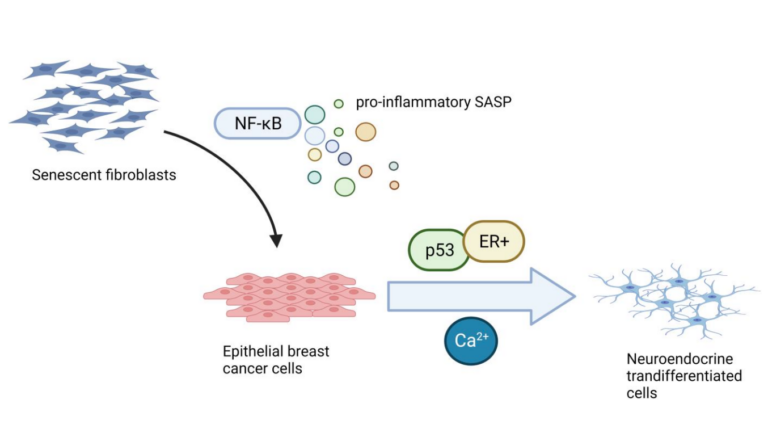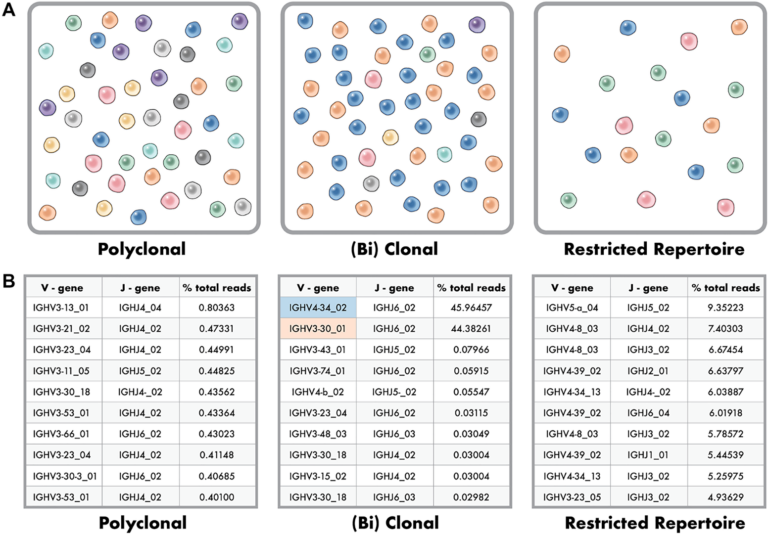“In the present study, we used multiple complementary approaches to evaluate the possible effects of zoledronic acid on cellular senescence.”
BUFFALO, NY- May 15, 2023 – A new research paper was published on the cover of Aging (listed by MEDLINE/PubMed as “Aging (Albany NY)” and “Aging-US” by Web of Science) Volume 15, Issue 9, entitled, “In vitro and in vivo effects of zoledronic acid on senescence and senescence-associated secretory phenotype markers.”
Zoledronic acid has been found to reduce fracture risk and, in some studies, to decrease mortality in humans and extend lifespan and healthspan in animals. Because senescent cells accumulate with aging and contribute to multiple comorbidities, the non-skeletal actions of zoledronic acid could be due to senolytic (killing of senescent cells) or senomorphic (inhibition of the secretion of the senescence-associated secretory phenotype (SASP)) actions.
In this new study, researchers Parinya Samakkarnthai, Dominik Saul, Lei Zhang, Zaira Aversa, Madison L. Doolittle, Jad G. Sfeir, Japneet Kaur, Elizabeth J. Atkinson, James R. Edwards, Graham G. Russell, Robert J. Pignolo, James L. Kirkland, Tamar Tchkonia, Laura J. Niedernhofer, David G. Monroe, Nathan K. Lebrasseur, Joshua N. Farr, Paul D. Robbins, and Sundeep Khosla from the Mayo Clinic, Phramongkutklao Hospital and College of Medicine, Eberhard Karls University, University of Minnesota, University of Oxford, and University of Sheffield tested the above hypothesis using multiple complementary approaches (in vitro, in vivo, and in silico) to evaluate possible effects of zoledronic acid on modulating cellular senescence.
The researchers first performed in vitro senescence assays using human lung fibroblasts and DNA repair-deficient mouse embryonic fibroblasts, which demonstrated that zoledronic acid killed senescent cells with minimal effects on non-senescent cells. Next, in aged mice treated with zoledronic acid or vehicle for 8 weeks, zoledronic acid significantly reduced circulating SASP factors, including CCL7, IL-1β, TNFRSF1A, and TGFβ1 and improved grip strength. Analysis of publicly available RNAseq data from CD115+ (CSF1R/c-fms+) pre-osteoclastic cells isolated from mice treated with zoledronic acid demonstrated a significant downregulation of senescence/SASP genes (SenMayo).
To establish that these cells are potential senolytic/senomorphic targets of zoledronic acid, the team used single cell proteomic analysis (cytometry by time of flight [CyTOF]) and demonstrated that zoledronic acid significantly reduced the number of pre-osteoclastic (CD115+/CD3e-/Ly6G-/CD45R-) cells and decreased protein levels of p16, p21, and SASP markers in these cells without affecting other immune cell populations.
“Collectively, our findings demonstrate that zoledronic acid has senolytic effects in vitro and modulates senescence/SASP biomarkers in vivo. These data point to the need for additional studies testing zoledronic acid and/or other bisphosphonate derivatives for senotherapeutic efficacy.”
Read the full study: DOI: https://doi.org/10.18632/aging.204701
Corresponding Author: Sundeep Khosla – khosla.sundeep@mayo.edu
Keywords: senescence, senolytics, aging, bone, bisphosphonates
Sign up for free Altmetric alerts about this article: https://aging.altmetric.com/details/email_updates?id=10.18632%2Faging.204701
About Aging-US:
Launched in 2009, Aging (Aging-US) publishes papers of general interest and biological significance in all fields of aging research and age-related diseases, including cancer—and now, with a special focus on COVID-19 vulnerability as an age-dependent syndrome. Topics in Aging go beyond traditional gerontology, including, but not limited to, cellular and molecular biology, human age-related diseases, pathology in model organisms, signal transduction pathways (e.g., p53, sirtuins, and PI-3K/AKT/mTOR, among others), and approaches to modulating these signaling pathways.
Please visit our website at www.Aging-US.com and connect with us:
Click here to subscribe to Aging publication updates.
For media inquiries, please contact media@impactjournals.com

